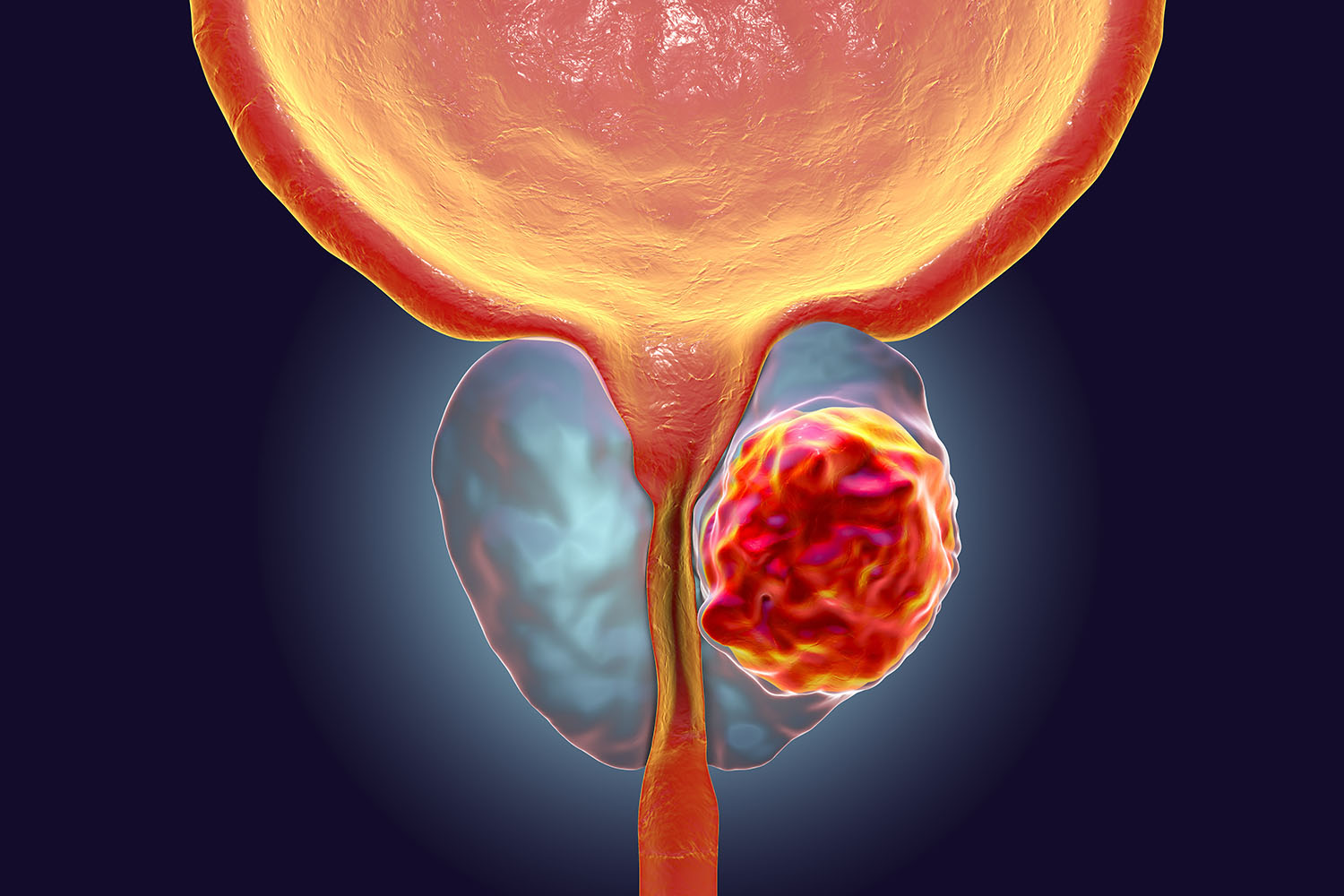Overview
Prostate cancer is one of the most common cancers affecting men globally. Early detection is crucial for successful treatment, and a prostate biopsy plays a vital role in this process. This blog dives into prostate biopsy, explaining what it entails, why it’s done, and what international research tells us about its effectiveness.

What is a Prostate Biopsy?
A prostate biopsy is a medical procedure that involves collecting tissue samples from the prostate gland. These samples are then examined under a microscope by a pathologist to check for the presence of abnormal or cancerous cells. There are two main ways a prostate biopsy can be performed:
- Transrectal ultrasound-guided biopsy (TRUS): This is the most common method. A thin needle is inserted through the rectum and into the prostate, guided by real-time ultrasound images.
- Transperineal biopsy: The needle is inserted through the skin between the scrotum and the anus, avoiding the rectum.
Why is a Prostate Biopsy Performed?
A prostate biopsy is typically recommended if other tests raise concerns about prostate cancer. These tests might include:
- Digital rectal exam (DRE): A doctor feels the prostate for abnormalities during a physical examination.
- Prostate-specific antigen (PSA) blood test: An elevated PSA level can indicate prostate problems, including cancer.
It’s important to remember that an abnormal PSA or DRE result doesn’t necessarily mean cancer is present. A prostate biopsy is the only definitive way to diagnose prostate cancer.
International Research on Prostate Biopsy
Research plays a vital role in refining prostate biopsy techniques and improving cancer detection rates. A 2020 study published in the European Urology Journal investigated the use of multiparametric magnetic resonance imaging (mpMRI) scans before prostate biopsies. The study suggests that mpMRI can help identify areas suspicious for cancer, leading to more targeted biopsies and potentially reducing the number of unnecessary tissue samples taken.
Another area of research focuses on improving the accuracy of prostate biopsies. A 2021 study published in The Journal of Urology explored the use of new biopsy needle technologies. The research suggests that these novel needles might obtain more precise tissue samples, potentially leading to earlier and more accurate cancer diagnosis.
What to Expect After a Prostate Biopsy
Prostate biopsy is typically an outpatient procedure with minimal discomfort. You might experience some bleeding, pain, or burning sensation during urination for a few days following the procedure. Antibiotics are often prescribed to minimize the risk of infection.
Prostate biopsy remains the gold standard for diagnosing prostate cancer. International research is ongoing to improve the accuracy and efficiency of this procedure. If you have concerns about prostate cancer, consult a healthcare professional to discuss your risk factors and screening options. Remember, early detection is key, and a prostate biopsy can be a valuable tool in identifying prostate cancer at its earliest stages. This blog provides general information, and consulting a doctor is essential for personalized advice and treatment plans.


